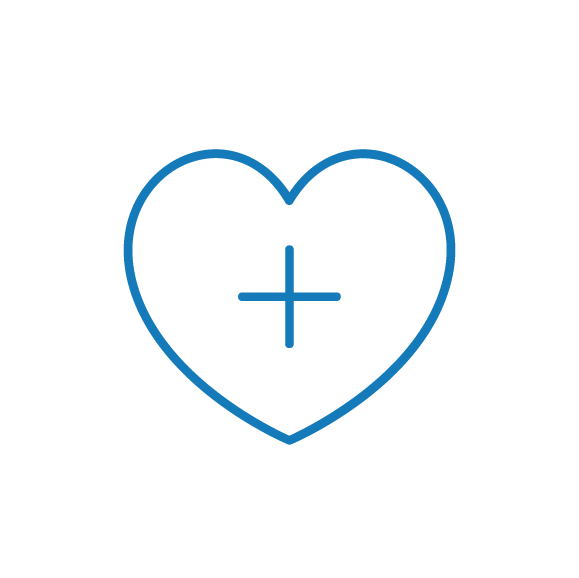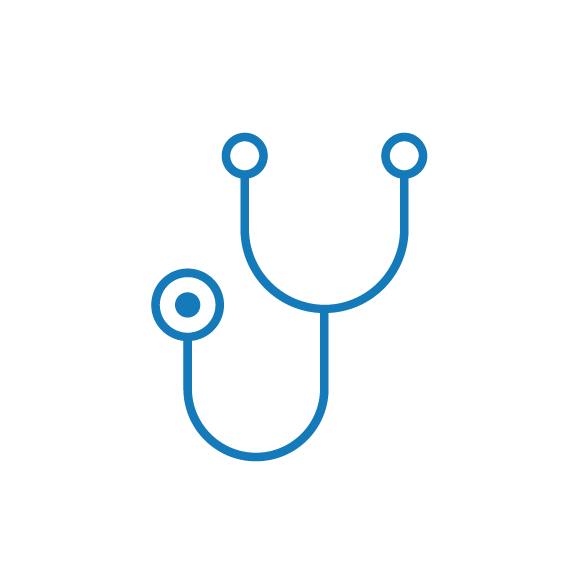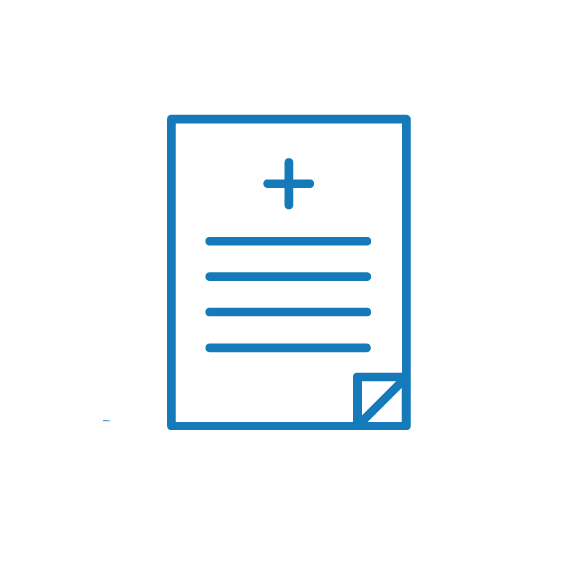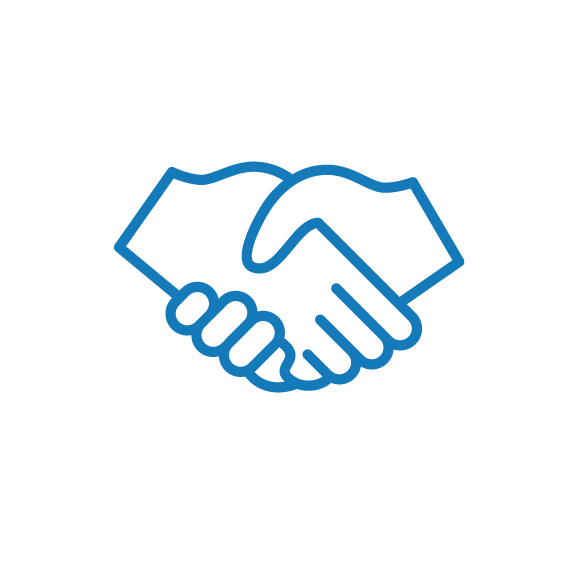5 Ways to Help Patients Self-Monitor Their Blood Pressure
Patients who monitor their blood pressure at home typically take a more active role in managing their hypertension and improving their cardiovascular health. But what about patients who need help with the practical details around self-monitoring? Providers can play dual roles: help patients manage their hypertension and obtain appropriate monitoring devices. VHAN has gathered the following strategies and resources to aid in patient education:
- Educate patients on the importance of self-monitoring blood pressure (SMBP). Clearly explain the benefits of regular home monitoring, including better understanding how lifestyle changes and medications are impacting their numbers. Emphasize that a blood pressure cuff is a valuable tool for helping them adhere to their treatment plan and have better blood pressure control.
- Offer purchasing recommendations. Tell patients where they can purchase reliable blood pressure cuffs, including pharmacies, medical supply stores and online retailers. ValidateBP is a resource for finding blood pressure devices that have been tested for clinical accuracy. Also encourage the patient to choose a cuff that’s easy to put on correctly and use, with a clear display, simple button operation and a comfortable cuff size for their upper arm. Some patients may be interested in higher-priced cuffs that offer additional features such as memory storage to keep track of multiple readings and Bluetooth connectivity to track data on a smartphone.
- Check patient insurance coverage. Though blood pressure cuffs are not typically covered by patient benefits in the same way as glucose meters, cuffs are one-time purchases and don’t require ongoing costs to use. Ask patients about their insurance plan, specifically Medicare Advantage, and whether it offers over-the-counter benefits that can be used for a blood pressure cuff. Remind patients they can also use HSA/FSA funds for these purchases.
- Explore free or low-cost options. Some hospitals, clinics and local library programs, such as Nashville Public Library, offer short-term loaner cuffs for patients to use while getting started with home monitoring. Or check out local or national grant-funded programs or community health organizations such as the American Heart Association to see if they offer free or discounted blood pressure cuffs to eligible patients.
- Provide resources for proper use. Offer clear instructions on using the cuff and offer handouts such as a Self-Measured Blood Pressure Log to help patients keep track of their readings. Direct patients to training videos to ensure they are monitoring their blood pressure correctly.
Members can access all of VHAN’s patient education materials on the VHAN Hub Resource Library.




